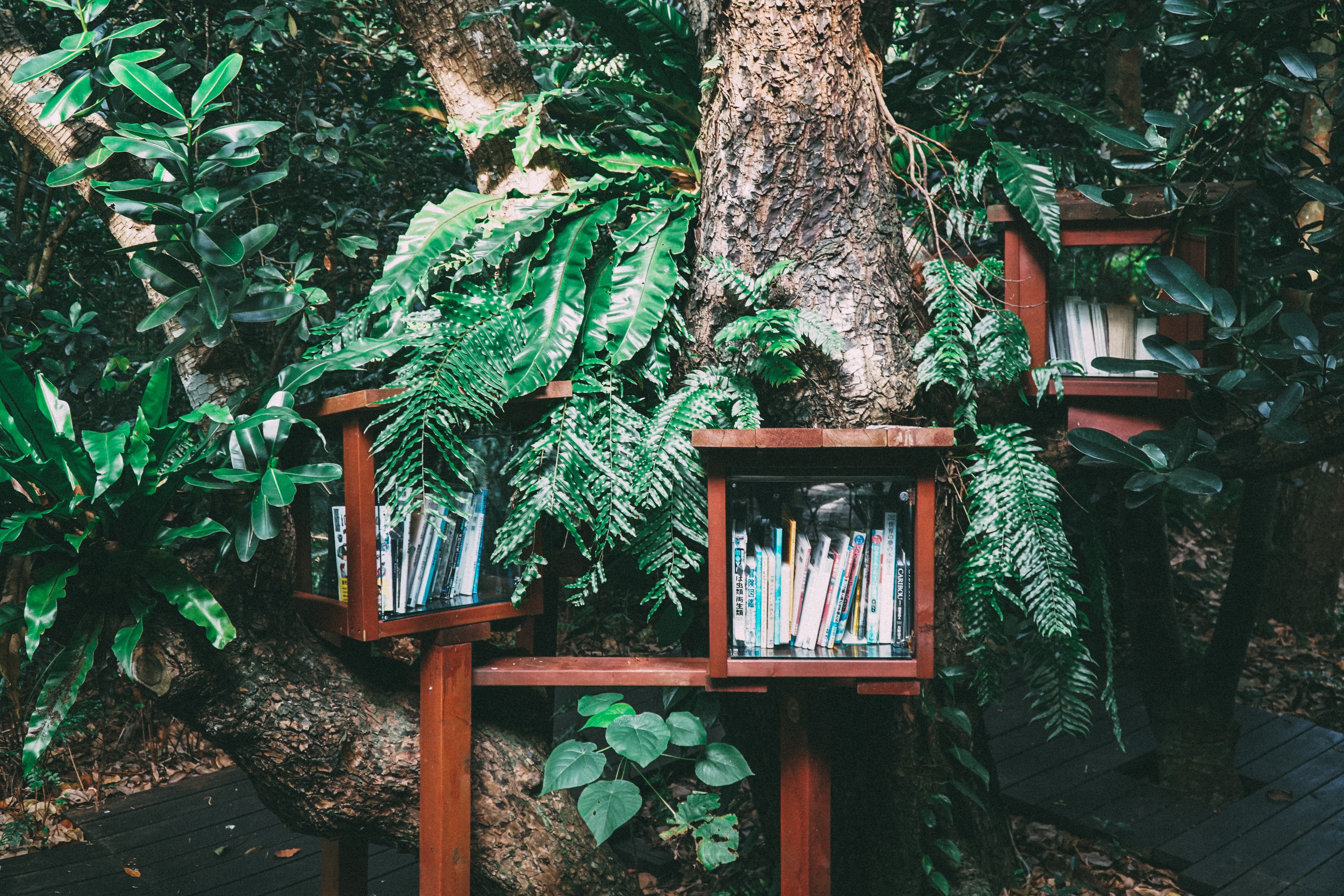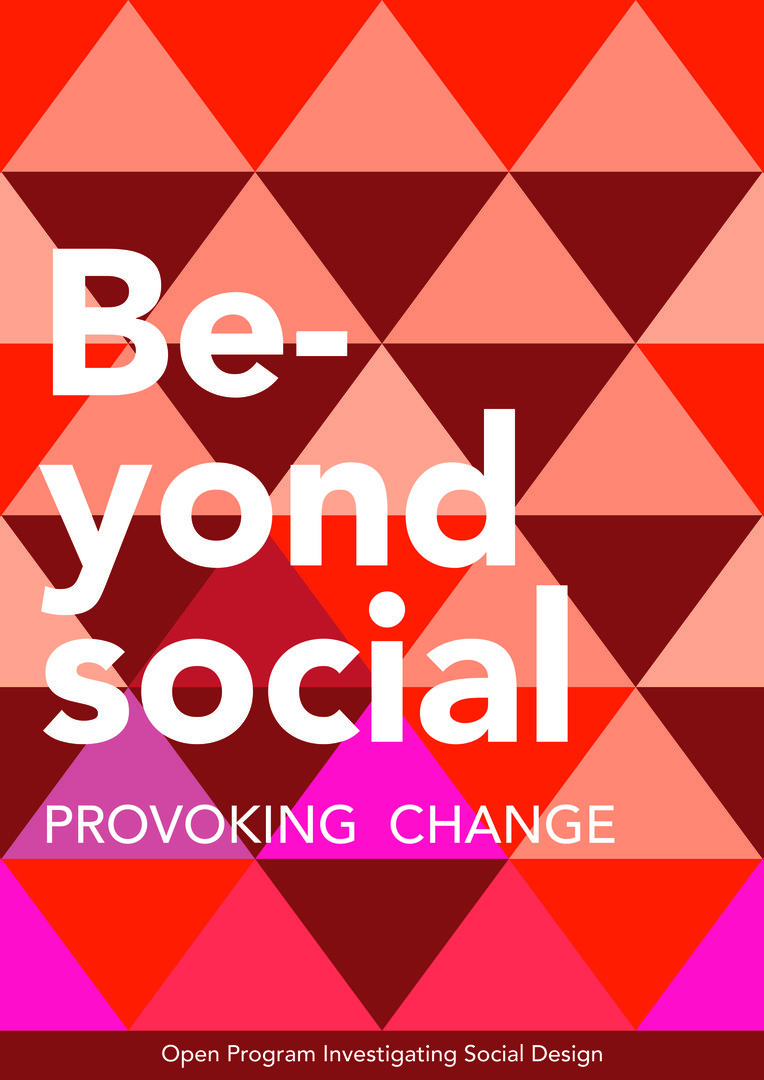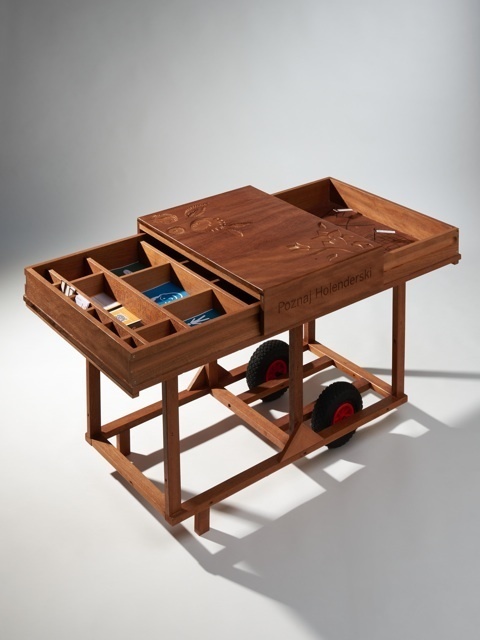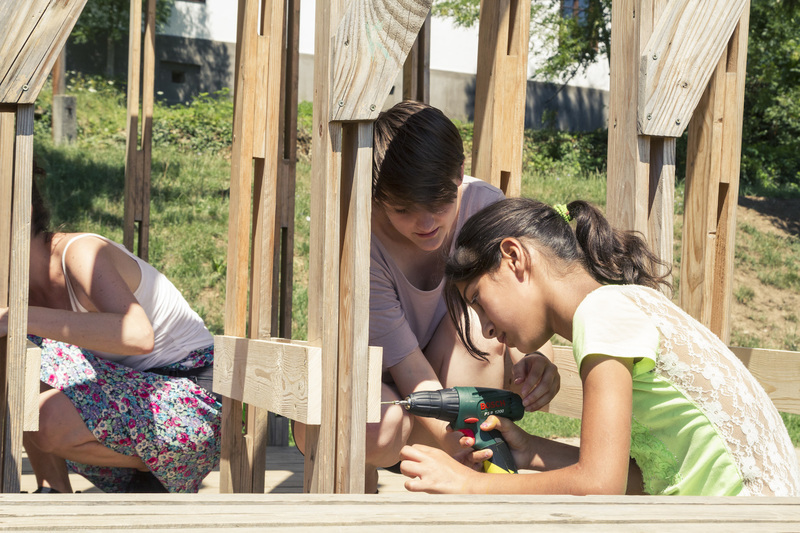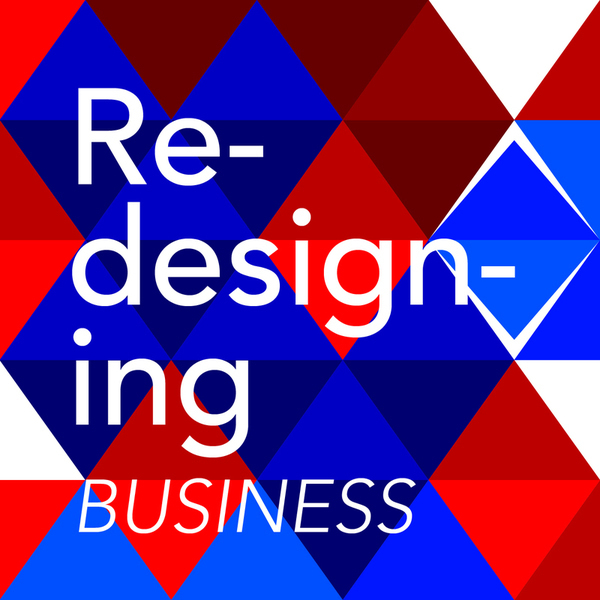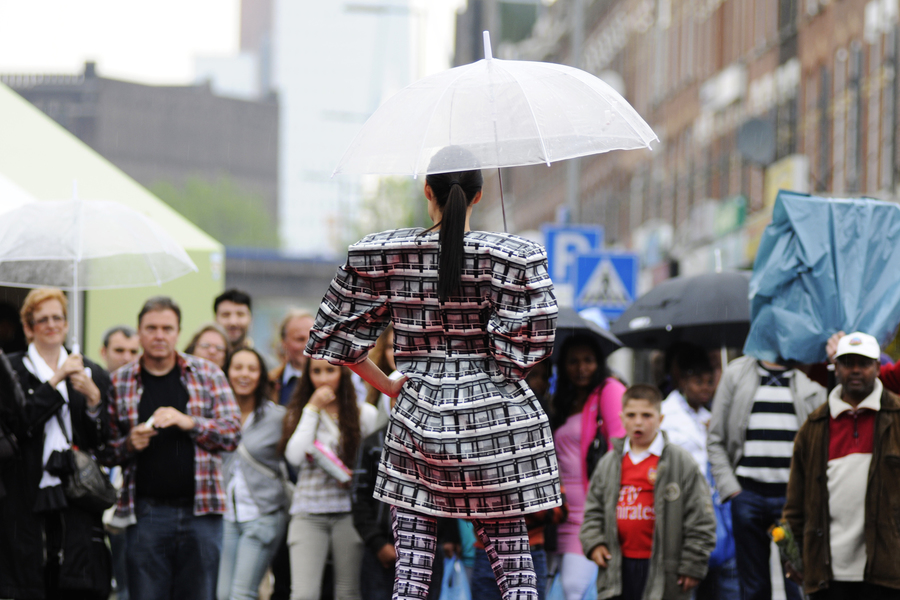Social Design Projects and Positions
Introduction
There are a number of ways in which to look at social art and design practices. This editorial contains a group of articles in which students were asked to document their favourite community art project. Then, they were asked to assess them based on two different frameworks. The first framework focusses on transformative and artistic power and involvement of the community, while the second adds a political dimension to the positioning. These are discussed by students in Beyond Social in a traditional wiki way (using the accompanying discussion pages). In this way, Beyond Social will slowly develop a mapping of social art and design based on communal agreement on the positioning in these frameworks.
Core Qualities
The first framework is a well-known framework in The Netherlands and Belgium and focusses on the four core qualities in participatiry art practices1 These core qualities are:
- Artistic: particiartory art is using imaginative and creative force for change;
- Contextual: it is tailor-made for a socio-political issue;
- Participatory: it involves civilians and institutions in the process and creates leeway to redefine their relations and visions;
- Transformative: it acts to incite new action perspectives and critical reflection to a broad audience.
Pascal Gielens community arts framework
The second framework draws on a chapter in Pascal Gielens book called Mapping Community Arts2. In it, Gielen argues for a distinction between the following (gradual) dichotomies:
- Digestive versus Subversive: When a community arts project generally accepts the current hegemonies and accompanying power structures, the work is seen as digestive. When the work challenges these power structures, it is seen as subversive.
- Auto-relational vs Allo-relational. When in the end the artists own signature is more important than the communities', a work is called auto-relational. When, on the other hand, the position of the author is subservient to that of the community.
Notes
1. Demos & CAL-XL(2015), Art in Transition: Manifesto for Particpatory Art Practices, edited by Sandra Trienekens & Wouter Hillaert, EAN: 9789491938047, Obtained at http://demos.be/sites/default/files/kunst_in_transitie_en_final.pdf. 2. Gielen, P. J. D. (2011). Mapping Community Art. In P. Gielen, & P. De Bruyne (Eds.), Community Art. The Politics of Trespassing. (pp. 15 - 33). Amsterdam: Valiz. The editor gave a presentation on this field which can be found at Prezi.
Selected articles
by
by
by
by
by


